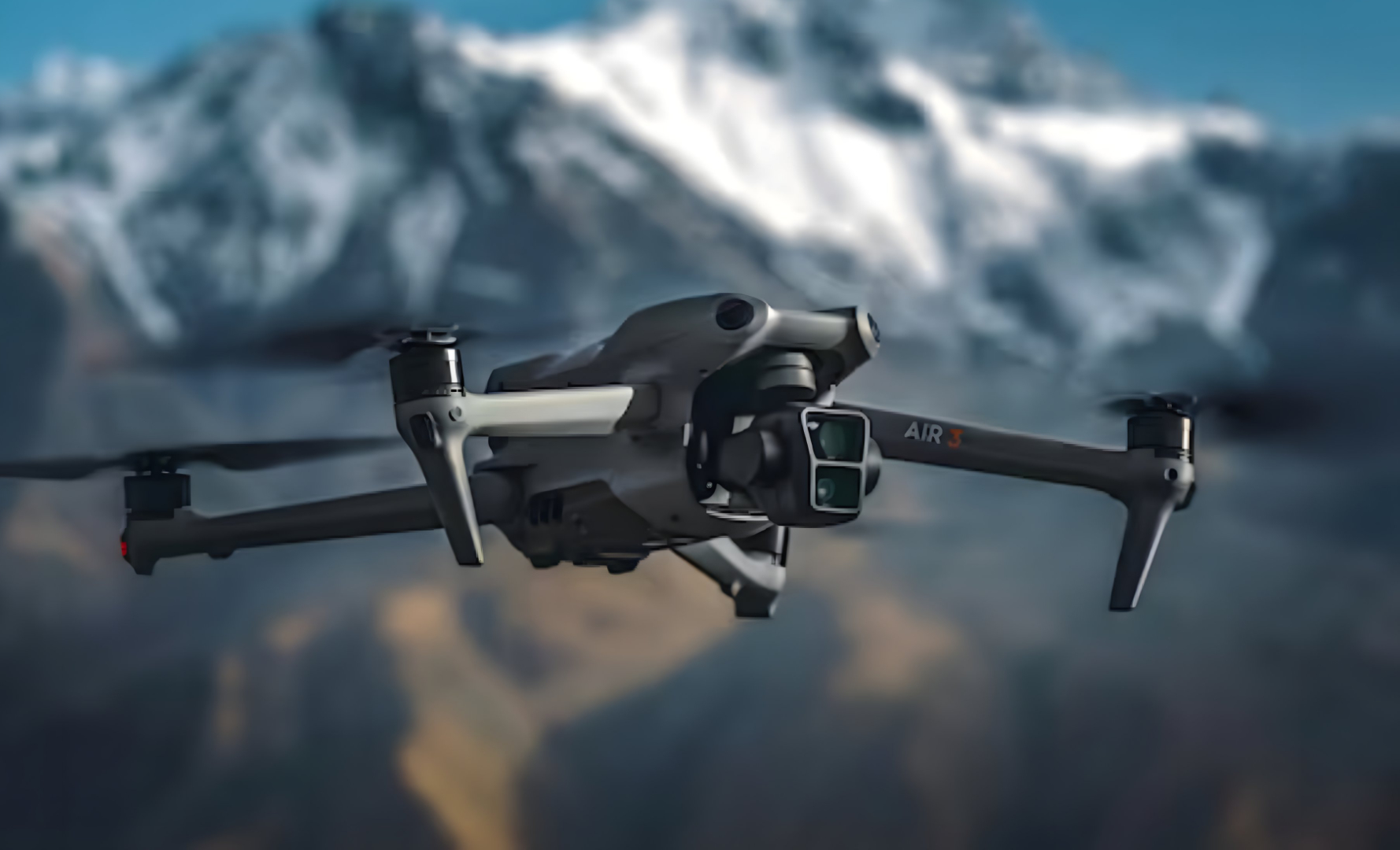China is set to significantly increase its nuclear warhead count by at least 90 by the end of 2024, according to the Stockholm International Peace Research Institute (SIPRI). SIPRI, which has been tracking global armaments for many years, reports that China's nuclear arsenal has grown from 410 warheads in 2022 to approximately 500 currently. This expansion highlights China’s rapid efforts to enhance its military power, although it still lags behind the US and Russia.
Globally, there are 3,904 nuclear warheads ready for launch, with an additional 5,681 in storage, totaling an alarming 9,585 warheads. Among smaller nuclear powers, India holds 172 warheads, Pakistan has 170, North Korea has about 50, and Israel maintains around 90. North Korea, with sufficient nuclear material, could potentially increase its arsenal to 90 warheads.
The transparency of nuclear arsenals has decreased since the US and Russia paused the New START Treaty in 2023, which previously aimed to limit these arsenals. This has contributed to an arms race, with nations enhancing their nuclear capabilities and developing new launchers and ballistic missile submarines. The ongoing investigations into Iran’s nuclear development and escalating international tensions further exacerbate the situation.
Russia and the United States currently possess the largest number of nuclear warheads, with 5,580 and 5,244 respectively. They account for nearly 90% of the world's total nuclear arsenal. Of these, 3,904 warheads are deployed on missiles and aircraft, marking an increase of 60 from the previous year. This includes 1,710 from Russia and 1,770 from the United States. China is estimated to have 24 warheads deployed on missiles.
SIPRI Director Dan Smith highlights that while the total number of nuclear warheads globally continues to decline as Cold War-era weapons are dismantled, there is an annual increase in the number of operational warheads. This trend is expected to accelerate in the coming years, raising significant concerns.
NATO Secretary General Jens Stoltenberg has emphasized ongoing discussions about possibly deploying additional nuclear weapons within the alliance. He underscores the need to demonstrate NATO’s nuclear capabilities to potential adversaries. Stoltenberg notes that China, Russia, and North Korea are the main challenges for NATO and points out China’s significant nuclear arsenal expansion. He forecasts that by 2030, China's nuclear stockpile could reach about 80% of the size of the US and Russian arsenals.
The production of nuclear warheads involves the extraction and refinement of fissile material, primarily uranium-235 and plutonium-239. Uranium-235 is enriched from natural uranium, while plutonium-239 is produced in nuclear reactors. The fissile material is then fashioned into a core or 'pit' surrounded by a tamper and encased in a high-explosive shell designed to compress the core to a supercritical state when detonated.
The warhead’s triggering mechanism involves conventional explosives arranged to ensure symmetrical compression of the fissile core. Advanced designs may also include a neutron initiator to ensure a rapid and sustained chain reaction. The warhead is then integrated into a delivery system, such as a missile or bomb, with rigorous testing and quality control to ensure reliability and safety. Modern warheads include sophisticated electronics for arming, fuzing, and firing, as well as safety mechanisms to prevent accidental detonation.
Throughout the production process, strict security and non-proliferation measures are enforced to prevent unauthorized use or dissemination of nuclear technology, with oversight by organizations such as the International Atomic Energy Agency (IAEA).

:quality(70)/cloudfront-us-east-1.images.arcpublishing.com/archetype/Z5GBQ6EPPBGXLGUYNH3QYUB42M.jpg)




